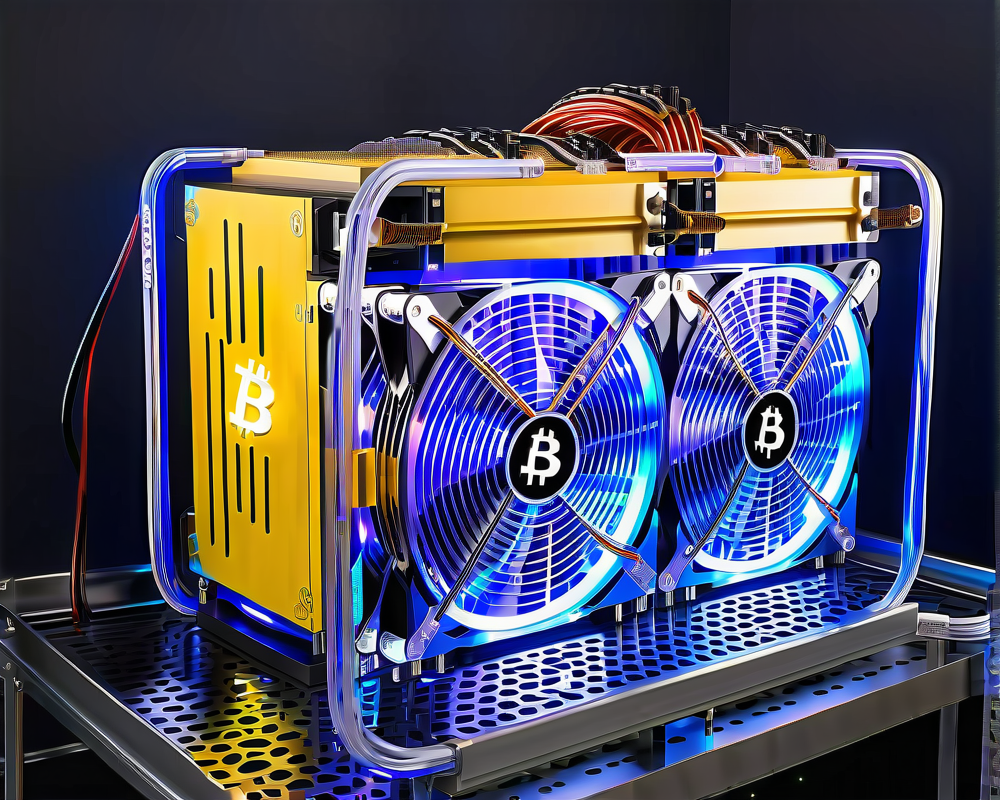The Mempool Makes Headlines
On November 15, Bitcoin’s blockchain mempool hit a massive 90 megabytes (MB), marking the highest level since January 2018. This particular segment of Bitcoin’s blockchain, often the unsung hero of unconfirmed transactions, was buzzing with over 20,000 pending transactions awaiting validation by miners. But don’t let the sheer size fool you—it’s not just business as usual down in the mempool.
A Curious Anomaly
Typically, a larger mempool signals a backlog of transactions that miners need to validate, suggesting a bottleneck. However, the spike on that fateful day told a different story: the average size of transactions appeared to stretch beyond the norm. Just two days earlier, the mempool had seen a peak of about 12.6 MB with marginally more transactions, but it wasn’t the volume that raised eyebrows—it was the size of each transaction itself.
Why So Big?
Unusually large transactions often indicate elaborate maneuverings, like those involving numerous inputs or outputs, or simply data storing. Alex Saunders, the CEO of NuggetsNewsAU, took to Twitter to share his theory, implying that it was the busy activities of cryptocurrency exchange giant Binance clogging up the mempool.
- Binance reportedly moved small quantities of Bitcoin or Omni-based Tether (USDT) across numerous addresses.
- This maneuver employed the lowest fees possible, leading to longer wait times for transaction confirmations.
History Repeats Itself
Bitcoin isn’t a stranger to mempool drama. In late 2017, the mempool reached a staggering 120 MB with transaction fees skyrocketing to $16. That event prompted analysts, including Nic Carter, to raise eyebrows over suspicious transaction behaviors—namely, users sending masses of transactions at the rock-bottom fee. It’s like watching a freight train at full speed, and you’re stuck at the crossing wondering if it’ll ever stop!
Minerology of Demand
All of this begs the question: What do miners make of this volatile situation? With transaction fees being influenced by network congestion, miners find themselves both in high demand and faced with the squeeze of smaller fee seekers. It’s a delicate balancing act that occasionally results in exhilarating market movements and desperate traders.
Keeping an Eye on the Mempool
The mempool is like the waiting room of the blockchain, where unconfirmed transactions hang out, sipping on metaphorical coffee while awaiting their turn. As Bitcoin enthusiasts, it’s worth our time to monitor these fluctuations, especially since they can foretell market trends and affect our wallets directly.




